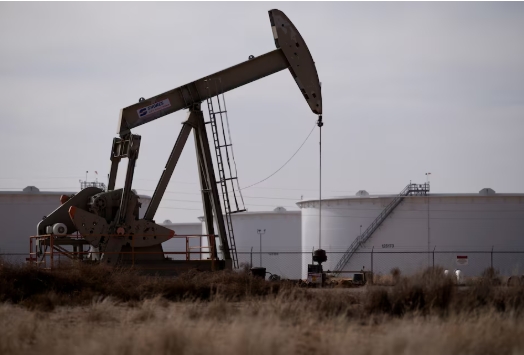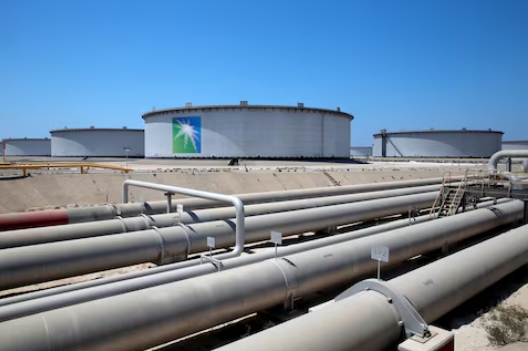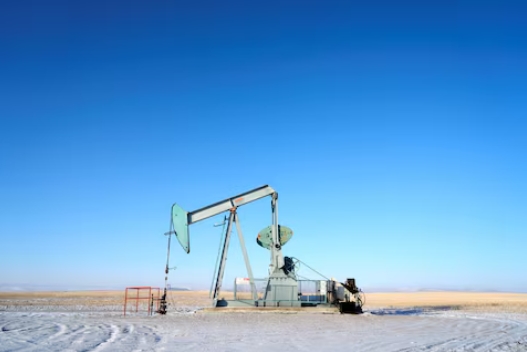U.S. oil output from seven major shale formations is expected to climb by 26,000 barrels per day (bpd) in June to 7.73 million bpd, the first rise in three months, the U.S. Energy Information Administration said in a monthly forecast on Monday.

The biggest increase is set to come from the Permian, the top producing basin in the country, where output is expected to rise by 54,000 bpd to about 4.59 million bpd, the highest since March 2020.
Output in nearly every other large basin such as the Bakken in North Dakota and Montana, as well as the Eagle Ford in South Texas is expected to decline. In the Bakken, production is expected to drop by about 7,000 bpd to 1.1 million bpd, the lowest since July 2020.
Natural gas production from the major shale basins was expected to decline for the third month in a row in June for the first time on record, according to EIA's drilling productivity report going back to 2007.
Total gas output will decline about 0.1 billion cubic feet per day (bcfd) to 83.6 bcfd in June. That compares with a monthly record high of 86.9 bcfd in December 2019.
Gas output in Appalachia, the biggest shale gas basin, was expected to decline 0.1 bcfd to 34.2 bcfd in June, its lowest since October 2020. That compares with a monthly record of 35.6 bcfd in December 2020.
If correct, that would put output in Appalachia down for a record sixth month in a row.
Gas output in the Haynesville area, meanwhile, will rise 0.1 bcfd to a record 12.8 bcfd in June.
EIA said producers drilled 513 wells and completed 754 in the biggest shale basins in April. That left total drilled but uncompleted (DUC) wells down 241 to 6,857, their lowest since October 2018.







